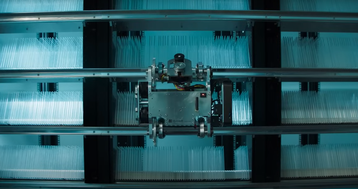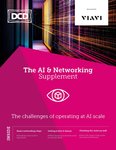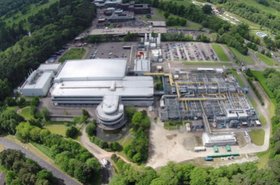Microsoft has provided a new look at its long term storage solution Project Silica.
Project Silica uses a femtosecond laser to encode data in fused silica glass by creating layers of three-dimensional nanoscale gratings and deformations at various depths and angles.
The company said that Silica was now capable of storing 7TB on one glass sheet, and that it had made writing and reading from the platform much faster.
Once the data is encoded on the glass, it requires no further energy to maintain its state for the next 10,000 years.
When we spoke to project lead Dr. Ant Rowstron in 2022, he told us that the company had "turned to warehouse-style robotics, [with] little robots that operate independently, that can move up and down and along the structure in this crabbing motion" to access the glass sheets.
The company has now shown those robots, which grab sheets and bring them back to a microscope to read the data. Last week, DCD reported that Microsoft is hiring for a new data center robotics team.
Rowstron said that he envisions the tech "becoming a mainstay in Azure data centers across the globe," but it is still not ready for commercial roll-out, with another three of four developmental stages required.
In the more immediate future, the company has partnered with venture group Elire to create a 'Global Music Vault' in Svalbard, Norway. It is separate from the Svalbard-based Arctic World Archive, which plans to store critical global information on film (including code from Microsoft's GitHub).
We visited that data center in 2021, as part of a larger feature on ultra-long term storage.




